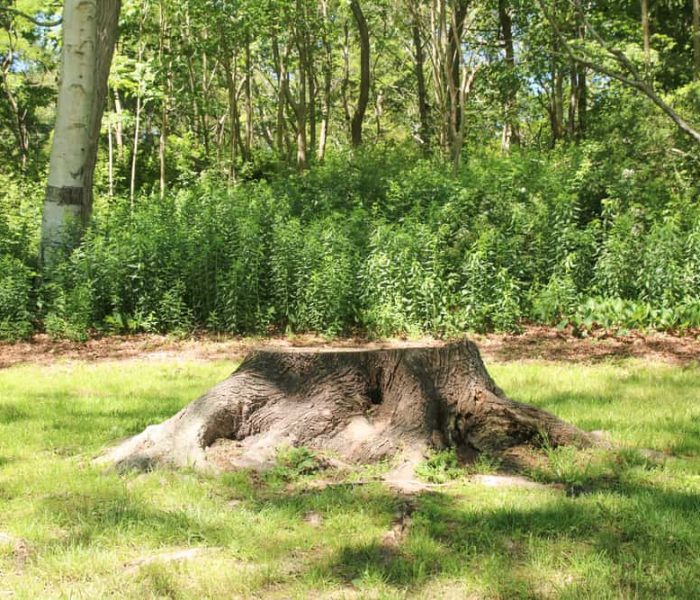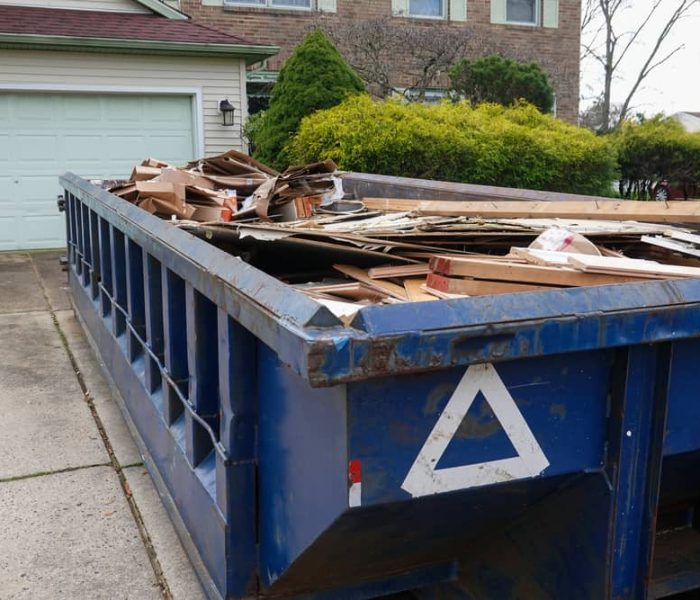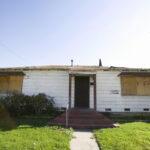Menu
Cleaning The Junk Out Of Your Life Is As Easy As 1 2 3!
Junk Removal
Testimonial
Our Clients Feedback

Read More
I was skeptical because I've never came across any dump companies that were as awesome as these guys. They were very friendly and professional. I had to clean out my parents home after they both passed. They made me feel comfortable and at ease.

Read More
I had an excellent 5-star experience with DUMP PRO. After explaining the amount of items via phone, they gave me already an estimated quote range via phone and after arriving onsite, the final price stayed within that quote range. Their prices are highly competitive and much better than other bigger junk removal companies in the bay area.

Read More
Michael and his crew did a great job doing a complete backyard clearing. His crew did the complete job in two days. They did a terrific job cleaning up and hauling everything away. I would definitely recommend Michael if your looking for any work done around your house.

Read More
First of all let me just start off by saying these guys are the absolute best in the business!!!!!! Hands down, couldn't ask for any better guys to do the job. I was skeptical at first because Great customer service, great communication, very fast & efficient! Thanks Again Mike & team!

Read More
Michael and the team are really great. They hauled away a huge amount of debris from my house and it was very difficult, but they pushed through. Furthermore, they stayed beyond dark to finish the job they committed to, and honored the quote. Great guys and hard workers.

Read More
Highly recommend Michael/crew. He helped me haul everything on short noticed and needed a second hauling and again, in short noticed, got the job done. Great communicator and service. Friendly crew and so helpful. The pricing was great as far as comparison to other few quotes that I've gotten. I've used this company prior with a different crew, still awesome team as well. Thank you for all your hard work!!

Read More
Highly recommend Michael/crew. He helped me haul everything on short noticed and needed a second hauling and again, in short noticed, got the job done. Great communicator and service. Friendly crew and so helpful. The pricing was great as far as comparison to other few quotes that I've gotten. I've used this company prior with a different crew, still awesome team as well. Thank you for all your hard work!!

Read More
I just used Dump Pro to load a whole truck full of tree limbs and wood from a deck we took down. It was more economical to use them, where they come, do all the loading, and sweep clean any area they have cleared, than it would have been to have a dumpster dropped off. Mike, who runs the business, was on time, courteous and thorough, as was his crew. Thumbs up for this team!

Read More
I have used1877 Dump Pro several times I would highly recommend them to anyone that needs these services the crew that came out was 2 women and 2 men..They were very efficient, Fast and very friendly.I can say nothing but wonderful things about Dump Pro and the employees.........Your's Truely A Satisfied Customer

Read More
I quoted three highly rated dirt removal companies. Dump Pro was the only company who gave an accurate quote and who published their pricing schedule. Its easy to estimate the load size by measuring the debris yourself. The quotes from two other highly rated companies grossly exaggerated the load size and had higher rates. Dump Pro was exceptionally professional, much fairer than their competitors and had the best prices.
Previous
Next
" We Are Committed To Getting Rid Of All Your Unwanted Junk and Clutter "
Dumpster Removal in Livermore, CA.
Commercial Dumpster Cleanup and Hauling in Livermore, CA
Why Choose 1-877-DUMP-PRO for Commercial Dumpster Cleanup
When it comes to efficient and reliable commercial dumpster cleanup and hauling in Livermore, CA, look no further than 1-877-DUMP-PRO. Our expertise in this field is unparalleled, making us the go-to choice for businesses throughout Alameda County.
With a focus on professionalism and precision, we’ve become synonymous with excellence in waste management. Our commitment to providing top-notch services is evident in every facet of our operations, from your first inquiry at 877-386-7776 to the final removal of debris.


Our Comprehensive Commercial Dumpster Cleanup Process
At 1-877-DUMP-PRO, we take pride in our streamlined approach to commercial dumpster cleanup and hauling. We understand the unique needs of businesses in Livermore, CA, and we’ve tailored our services accordingly:
- Thorough Assessment: Our team conducts a comprehensive assessment of your commercial site, ensuring a clear understanding of the cleanup requirements. This meticulous approach allows us to devise a precise plan that addresses even the most specific needs of your business.
- Efficient Execution: With a fleet of specialized equipment and a skilled crew, we ensure swift and efficient cleanup, minimizing disruptions to your business. Our team’s expertise and state-of-the-art equipment enable us to complete the cleanup with efficiency, allowing you to focus on your core operations.
- Eco-Friendly Disposal: As responsible members of Alameda County, we prioritize environmentally conscious disposal methods, emphasizing recycling and sustainability. We are committed to reducing the ecological footprint of your business while adhering to the highest environmental standards.
- Flexible Scheduling: We understand the importance of timing in business operations. Our services are designed to accommodate your schedule for minimal disruption. Whether you require cleanup during business hours or after, our flexible scheduling ensures that your operations continue smoothly.
With 1-877-DUMP-PRO, you not only receive a cleanup service but a partnership committed to maintaining the cleanliness and professionalism of your commercial space. Our comprehensive approach and dedication to eco-friendly practices make us the ideal choice for businesses in Livermore, CA, looking for reliable and responsible dumpster cleanup services.

Join Us in Building a Cleaner Business Environment
Beyond the services we offer, 1-877-DUMP-PRO is dedicated to building a cleaner and more sustainable business environment in Livermore, CA. Our deep-rooted presence in Alameda County has allowed us to witness the evolving needs of businesses firsthand. We’ve adapted, innovated, and consistently delivered on our promises to meet these needs.
By choosing 1-877-DUMP-PRO, you’re not just getting a cleanup and hauling service; you’re actively participating in a vision for a cleaner and more environmentally responsible commercial landscape. We recognize the critical role businesses play in shaping the local environment and economy. Let’s work together to make Alameda County a model of cleanliness and sustainability, showcasing the positive impact responsible businesses can have on their communities.
Reach out to us at 877-386-7776 to explore how we can transform your business space into a cleaner and more efficient environment, all while contributing to a greener and brighter future for Alameda County. Your partnership with us is an investment in both your business and the well-being of the entire community.
Contact Us
Livermore is a city in Alameda County, California, United States. With a 2020 population of 87,955, Livermore is the most populous city in the Tri-Valley. Livermore is located on the eastern edge of California’s San Francisco Bay Area. The current mayor is Bob Woerner.
Before its incorporation in 1796 under the Franciscan Mission San Jose, located in what is now the southern part of Fremont, the Livermore area was home to some of the Ohlone (or Costanoan) native people. Each mission had two to three friars and a contingent of up to five soldiers to help keep order in the mission and to help control the natives. Like most indigenous people in California, the natives in the vicinity of Mission San Jose were mostly coerced into joining it, where they were taught Spanish, the Catholic religion, singing, construction, agricultural trades and herding-the Native Californian people originally had no agriculture and no domestic animals except dogs. Other tribes were coerced into other adjacent missions. The Mission Indians were restricted to the mission grounds where they lived in sexually segregated “barracks” that they built themselves with padre instruction. The population of all California missions plunged steeply as new diseases ravaged the Mission Indian populations-they had almost no immunity to these “new to them” diseases, and death rates over 50% were not uncommon.
The Livermore-Amador Valley after 1800 to about 1837 was primarily used as grazing land for some of the Mission San Jose’s growing herds of mission cattle, sheep and horses. The herds grew wild with no fences and were culled about once a year for cow hides and tallow-essentially the only money-making products produced in California then. The dead animals were left to rot or feed the California grizzly bears which then roamed the region. The secularization and closure of the California missions, as demanded by the government of Mexico, from 1834 to 1837 transferred the land and property the missions claimed on the California coast (about 1,000,000 acres (400,000 ha) per mission) to about 600 extensive ranchos. After the missions were dissolved, most of the surviving Indians went to work on the new ranchos raising crops and herding animals where they were given room and board, a few clothes and usually no pay for the work they did-the same as they had had while working in the missions. Some Indians joined or re-joined some of the few surviving tribes.
The about 48,000-acre (19,000 ha) Rancho Las Positas grant, which includes most of Livermore, was made to ranchers Robert Livermore and Jose Noriega in 1839. Most land grants were given with little or no cost to the recipients. Robert Livermore (1799-1858) was a British citizen who had jumped from a British merchant sailing ship stopping in Monterey, California, in 1822. He became a naturalized Mexican citizen who had converted to Catholicism in 1823 as was required for citizenship and legal residence. After working for a number of years as a majordomo (ranch foreman), Livermore married on 5 May 1838 the widow Maria Josefa de Jesus Higuera (1815-1879), daughter of Jose Loreto Higuera, grantee of Rancho Los Tularcitos, at the Mission San José. Livermore, after he got his rancho in 1839, was as interested in viticulture and horticulture as he was in cattle and horses, despite the fact that about the only source of income was the sale of cow hides and tallow. In the early 1840s he moved his family to the Livermore valley to his new rancho as the second non-Indian family to settle in the Livermore valley area, and after building a home he was the first in the area in 1846 to direct the planting of vineyards and orchards of pears and olives. Typical of most early rancho dwellings, the first building on his ranch was an adobe on Las Positas Creek near the western end of today’s Las Positas Road. After the Americans took control of California in 1847 and gold was discovered in 1848, he started making money by selling California longhorn cattle to the thousands of hungry California Gold Rush miners who soon arrived. The non-Indian population skyrocketed, and cattle were suddenly worth much more than the $1.00-$3.00 their hides could bring. With his new wealth and with goods flooding into newly rich California, in 1849 Livermore bought a two-story “Around the Horn” disassembled house that had been shipped about 18,000 miles (29,000 km) on a sailing ship around Cape Horn from the East Coast. It is believed to be the first wooden building in the Livermore Tri-Valley.
Learn more about Livermore.Useful links for Livermore, CA
Here are some engineering-related links:





















